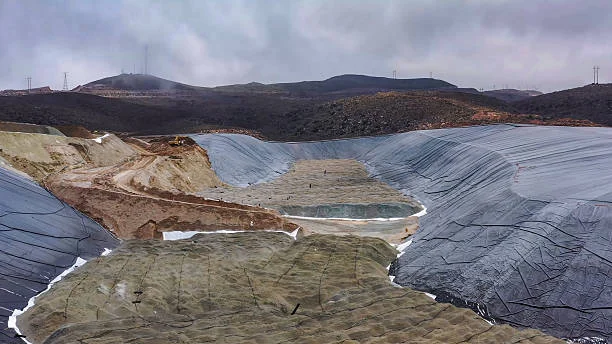
Introduction
In the field of mineral processing, the extraction of silver from silver - bearing lead concentrate is of great significance. Cyanidation is one of the commonly used and effective methods for silver extraction. This article aims to provide a comprehensive introduction to the cyanidation process for silver extraction from silver - bearing lead concentrate, covering its principles, process flow, influencing factors, and advantages.
Principles of Cyanidation for Silver Extraction
The cyanidation process for silver extraction works because silver can react with cyanide ions when oxygen is present. This reaction results in the formation of soluble silver - cyanide complexes. Through this chemical interaction, silver in the silver - bearing lead concentrate gradually dissolves into the cyanide solution. The creation of these stable silver - cyanide complexes forms the basis for separating silver from other minerals within the concentrate.
Process Flow of Cyanidation for Silver Extraction
Pretreatment of Silver - Bearing Lead Concentrate
Before the cyanidation process begins, the silver - bearing lead concentrate typically requires pretreatment. This often involves crushing and grinding operations to reduce the particle size of the concentrate. The right particle size is essential as it increases the contact area between the silver - bearing minerals and the cyanide solution, which in turn promotes the cyanidation reaction. For instance, the concentrate might be ground to a specific fineness, where a certain proportion of the particles, like 80%, pass through a 200 - mesh sieve.
Cyanidation Leaching
Leaching Equipment: The cyanidation leaching process takes place in leaching tanks. There are various types, including mechanical - stirred leaching tanks and air - agitated leaching tanks. Mechanical - stirred leaching tanks use mechanical agitators to thoroughly mix the concentrate and the cyanide solution, ensuring they come into good contact. Air - agitated leaching tanks, conversely, introduce compressed air to agitate the slurry, facilitating the reaction.
Leaching Conditions: The concentration of the cyanide solution is a critical parameter. Generally, for silver - bearing lead concentrate, a cyanide concentration ranging from 0.05% to 0.2% sodium cyanide is commonly used. The pH value of the leaching solution also needs to be maintained in the alkaline range, around 9 - 11. This helps prevent the decomposition of cyanide and keeps the cyanidation reaction stable. Moreover, oxygen supply is vital for the reaction, which can be achieved by aerating the leaching tank with air or pure oxygen.
Leaching Time: The duration of the leaching process depends on the characteristics of the silver - bearing lead concentrate. For simpler ores, the leaching time may be 24 - 48 hours. However, for more complex ores with refractory silver - bearing minerals, the leaching time could extend to 72 hours or even longer.
Separation of Leaching Solution and Residue
Once the cyanidation leaching is complete, the leaching solution containing silver - cyanide complexes must be separated from the residue. This is usually accomplished through methods such as filtration or sedimentation. Filtration can utilize equipment like vacuum filters or pressure filters. Vacuum filters operate by creating a negative pressure to draw the leaching solution through the filter medium, leaving the residue on the filter surface. Sedimentation, on the other hand, allows the residue to settle at the bottom of the tank due to gravity, after which the clear leaching solution is decanted from the top.
Recovery of Silver from the Leaching Solution
Zinc - Replacement Method: One common approach to recover silver from the leaching solution is the zinc - replacement method. In this method, zinc powder or shavings are added to the solution. Since zinc is more electrochemically reactive than silver, it can displace silver from the silver - cyanide complexes in the solution. The precipitated silver is then separated from the solution using filtration or other separation techniques.
Activated Carbon Adsorption Method: Activated carbon can also be employed to adsorb silver - cyanide complexes from the leaching solution. Thanks to its large specific surface area and strong adsorption capacity, the activated carbon attracts the silver - cyanide complexes to its surface. After adsorption, the loaded activated carbon is separated from the solution. Subsequently, silver is desorbed from the activated carbon using specific desorption processes, such as hot alkaline - cyanide solutions. Finally, silver is recovered from the desorption solution through methods like electrowinning.
Influencing Factors of Cyanidation for Silver Extraction
Mineralogical Characteristics of Silver - Bearing Lead Concentrate
The form in which silver exists in the concentrate has a significant influence on the cyanidation process. When silver is present as simple silver minerals, such as native silver or argentite, it is relatively easy to cyanide. However, if silver is associated with complex minerals or in a refractory state, like in some silver - telluride minerals, the cyanidation process becomes more challenging, and the silver extraction rate may decrease.
Presence of Impurities
Lead: A small amount of lead in the silver - bearing lead concentrate can benefit the cyanidation of silver. Lead can react with sulfide impurities in the cyanide solution, forming lead sulfide precipitate. This helps eliminate the negative effects of sulfide on the cyanidation reaction. Nevertheless, if the lead content is too high, it may consume excessive cyanide and lower the overall cyanidation efficiency.
Zinc: Zinc in the concentrate can also impact the cyanidation process. High zinc content can lead to the formation of zinc - cyanide complexes, which consume cyanide and reduce the amount available for dissolving silver. Additionally, these complexes may interfere with the subsequent recovery of silver.
Process Conditions
As previously mentioned, the concentration of the cyanide solution, pH value, oxygen supply, and leaching time all directly affect the cyanidation process. Deviations from the optimal conditions can cause a reduction in the silver extraction rate. For example, a low cyanide concentration will slow down the reaction rate between silver and cyanide, resulting in incomplete silver dissolution. If the pH value is not properly controlled, cyanide may decompose, decreasing its effective concentration in the solution.
Advantages of Cyanidation for Silver Extraction from Silver - Bearing Lead Concentrate
High Silver Extraction Rate: Under suitable process conditions, the cyanidation process can achieve a relatively high silver extraction rate. For many silver - bearing lead concentrates, the extraction rate often exceeds 80%, ensuring efficient utilization of silver resources.
Mature Technology: Cyanidation is a well - established and widely adopted technology in silver extraction. With a wealth of practical experience and theoretical research, it simplifies the design and operation of cyanidation plants. The standardized equipment and process flow also reduce the technical risks and costs associated with adopting new technologies.
Good Adaptability: The cyanidation process can be tailored to the specific characteristics of different silver - bearing lead concentrates. By optimizing parameters such as cyanide concentration, pH value, and leaching time, it can be applied to a wide variety of concentrates with diverse mineralogical compositions and properties.
In conclusion, the cyanidation process for silver extraction from silver - bearing lead concentrate is a highly effective and widely used method. Understanding its principles, process flow, influencing factors, and advantages is crucial for the efficient extraction of silver and the sustainable development of the silver - mining industry.
- Random article
- Popular articles
- Popular comments
- Copper Ore Flotation and Wet Beneficiation Process
- Lead-zinc Ore Asynchronous Flotation Process
- Nickel ore priority flotation process(Sulfide ore)
- Zirconium Ore Separation: Gravity and Magnetic Methods
- Chromite Gravity and Magnetic Separation Process
- Titanium Ore Processing: Gravity, Magnetic, Flotation, Electric Separation
- Rutile Processing: Gravity, Magnetic, Flotation, Electric Separation

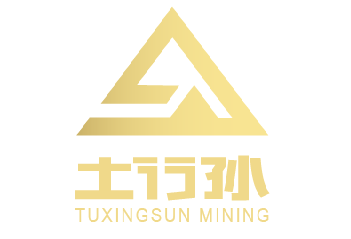

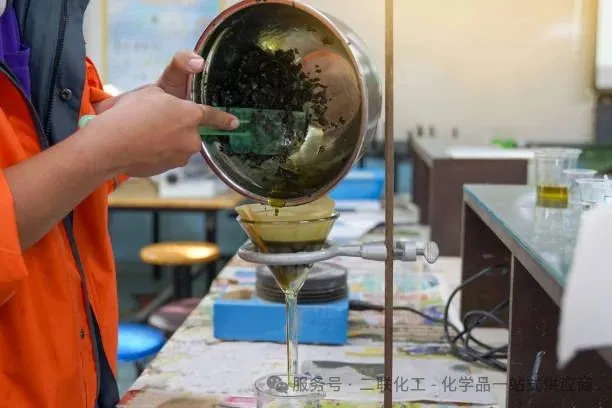

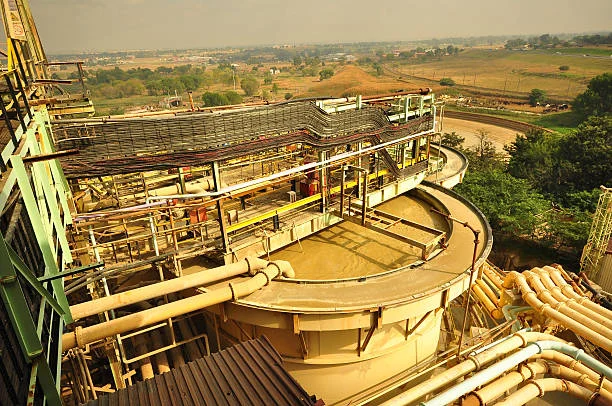
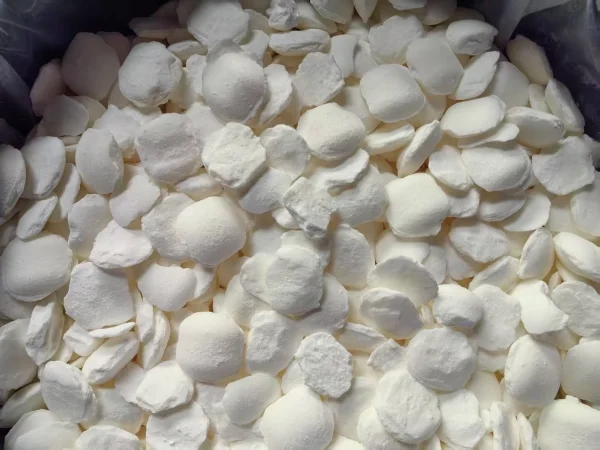
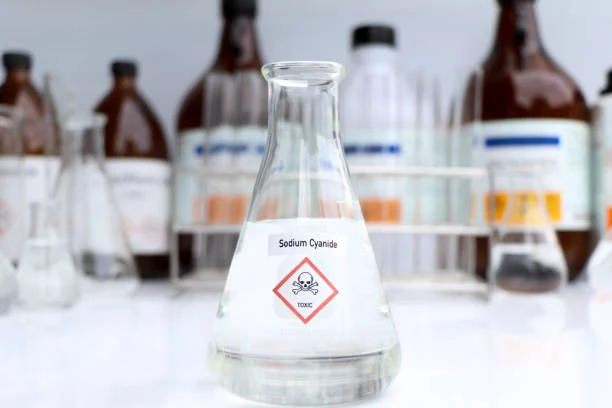
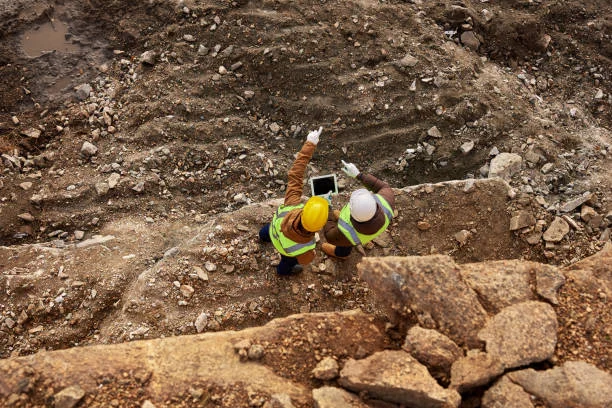
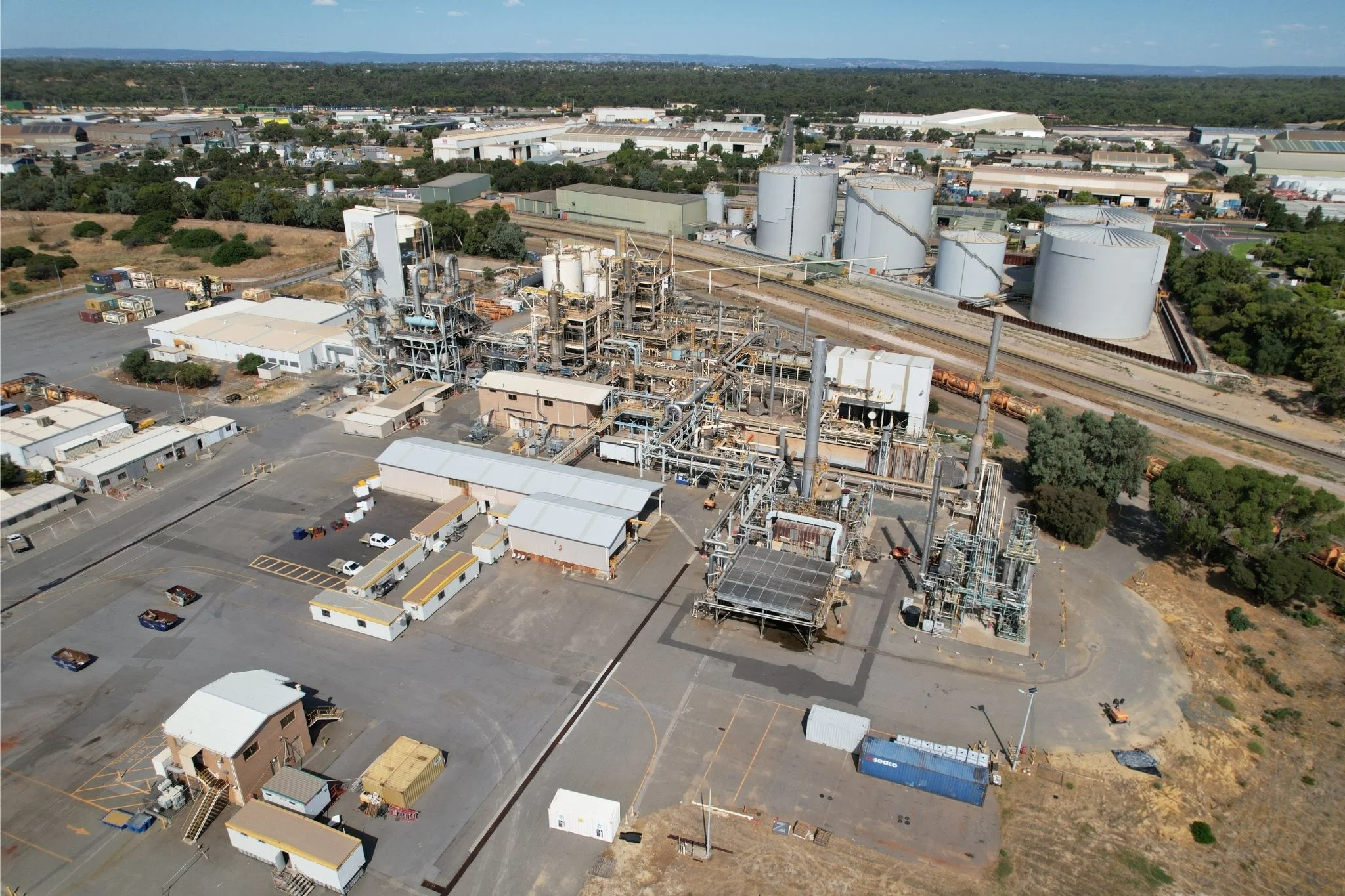
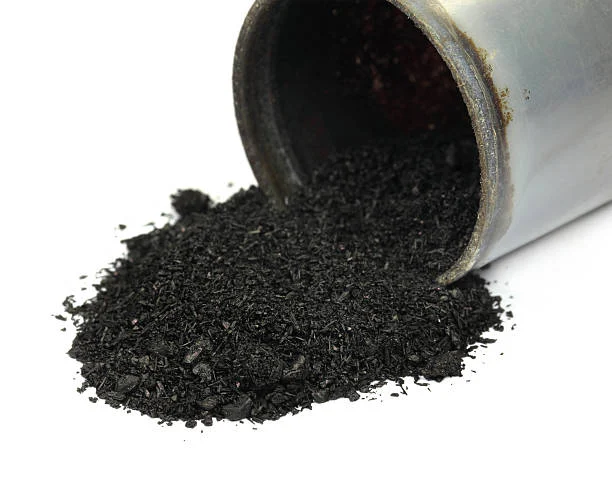
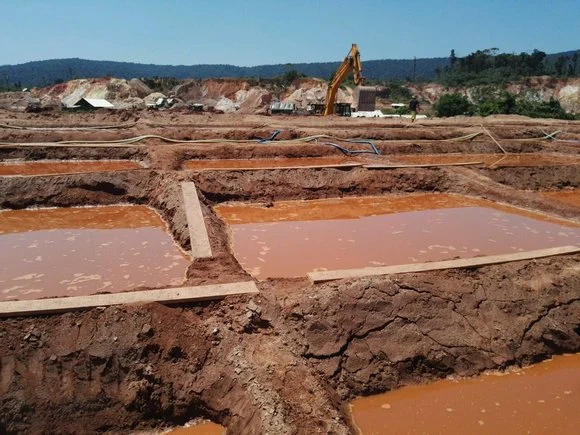
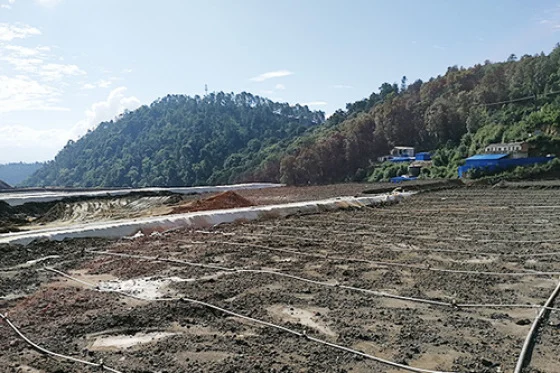
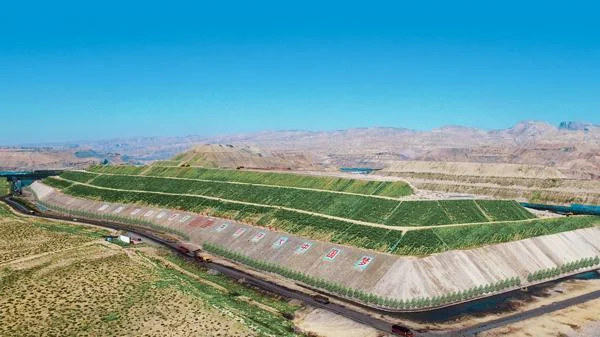

Leave a message with your needs or comments
Add comment: